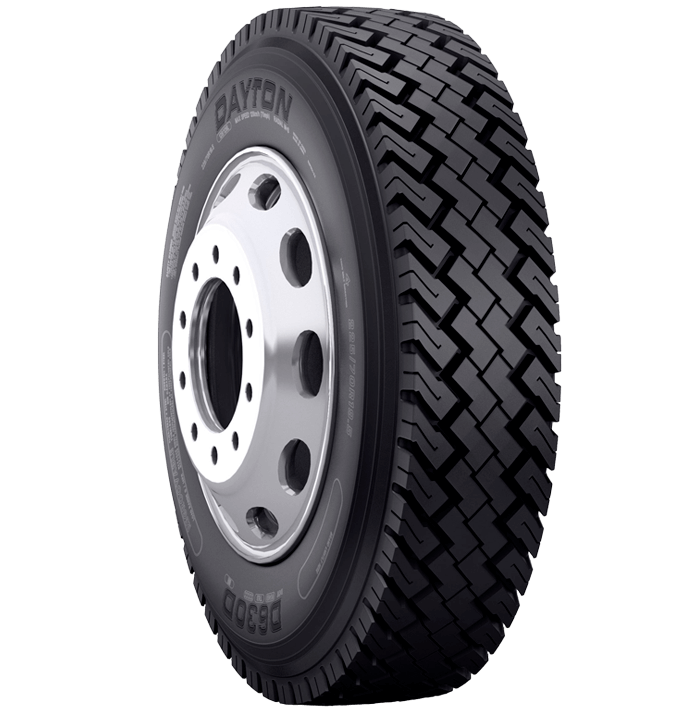When it comes to big rig wheel coverings, countless fallacies which can cause truckers and fleet managers to make suboptimal choices regarding the tire choices. View website from misunderstandings about maintaining tires to outdated beliefs about tire technology. Being a vital component of a truck's overall safety and efficiency, it's essential to distinguish truth from myth to ensure optimal functionality on the road.
In this article, we will debunk the top five misconceptions surrounding big rig tires, providing clarity that can help you make informed decisions about how to choose the appropriate tires for your big rig, grasp the importance of adequate tire pressure, and identify the indicators it’s time for a replacement of your semi-truck wheels. By addressing these common misconceptions, we hope to empower drivers and logistics leaders alike to improve their tire strategy and ensure more secure, more efficient hauls.
Understanding Tire Categories and Labels
When choosing tires for semi-trucks, knowing the different kinds on the market is essential. Truck tyres are primarily categorized into steer tyres and drive tires, each designed to manage particular functions and environments. Front tyres are fine-tuned for steering and front-end grip, while drive tires provide traction for the back axles. It's also essential to factor in the load capacities, which reveal how much load a tyre can safely bear. Picking the right tire type based on cargo requirements and route factors can significantly impact security and performance.
Besides knowing tyre categories, knowing about the popular brands can assist you take an educated choice. Some of the most renowned brands in the market, such as Michelin, Dunlop, and Continental, are recognized for their reliability and efficiency in extended situations. These manufacturers often provide a selection of tyres customized for different environments, climatic conditions, and transportation needs. Investigating multiple brand choices ensures that truck operators can match the suitable tire to their operational requirements.
One more important aspect to consider is the distinction between new tires and retread tires. Retread tyres can provide a cost-effective alternative for transport companies looking to save on tyre expenses while maintaining quality and safety standards. On the other hand, understanding the advantages and disadvantages of retreads compared to brand-new tyres is essential. Finally, making informed choices about tire types and brands plays a important role in optimizing truck performance and ensuring a secure journey on the road.
Indications and Moments for Tire Change
One of the most critical aspects of maintaining a semi-truck is recognizing when it’s time to swap out the tires. Frequent inspections can reveal initial indications of wear, such as tread thickness decreasing below the suggested levels. A easy way to verify this is by using a penny; place it in the tread grooves, and if you can see all of Lincoln's head, it’s time for fresh tires. Additionally, signals of uneven wear patterns may suggest alignment issues and could also mean the need for tire change before anticipated.

Another crucial signal that points to a tire replacement is the presence of observable damage. Look for slashes, punctures, or blisters on the tires. These defects can compromise the integrity of the tire and lead to blowouts, especially during prolonged hauls. If any sidewall damage is found, it usually warrants an immediate replacement regardless of tread depth. Furthermore, consistently checking for bulges or deep cracks can help prevent dangerous situations on the road.
When it comes to timing is also crucial when it comes to tire replacement. It's recommended to replace tires in pairs to maintain balanced handling, particularly for steer and drive tires. Fleet managers should consider replacing tires every three to six calendar years, even if the tread appears satisfactory, as age can affect performance. Monitoring the mileage on each set can also assist in predicting when the next replacement should occur, ensuring protection and fuel efficiency on every journey.
Tyre Maintenance and Safety Practices
Proper tyre care is vital to guarantee the security and efficiency of semi-trucks on the road. Routine checks should be performed to look for for signs of deterioration, harm, and proper inflation levels. Drivers should refer to a checklist that includes examining tire treadwear thickness, looking for uneven deterioration patterns, and checking for any visible slashes or punctures. Keeping website of tyre pressure is crucial, as low-pressure or high-pressure tyres can cause tire failures or reduced fuel consumption, making routine inflation checks a critical part of security protocols.
Tyre repositioning is another significant aspect of care that aids prolong the life of semi-truck tyres. Depending on the kind of truck and the cargo it carries, rotating tires every 5,000 to 10,000 miles can promote even wear across all tyres. This practice not only improves safety by ensuring all tyres perform at their best but also contributes to financial savings by postponing the need for new tires. Additionally, proper adjustment and equilibrium have significant importance in how tyres wear, so making sure these are properly adjusted can prevent early tire degradation.
Finally, operators should stay informed about regulations and guidelines pertinent to tyre security. Comprehending DOT rules and standards ensures compliance and promotes safe operational standards. Committing to tyre maintenance education, tools, and equipment can aid in the upkeep of tires while on the road. Moreover, establishing a proactive oversight program for tyre performance can help anticipate problems before they become critical, ultimately enhancing safety for operators and other road users.
